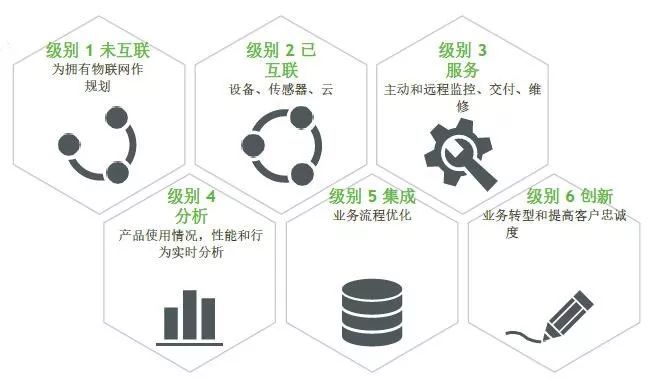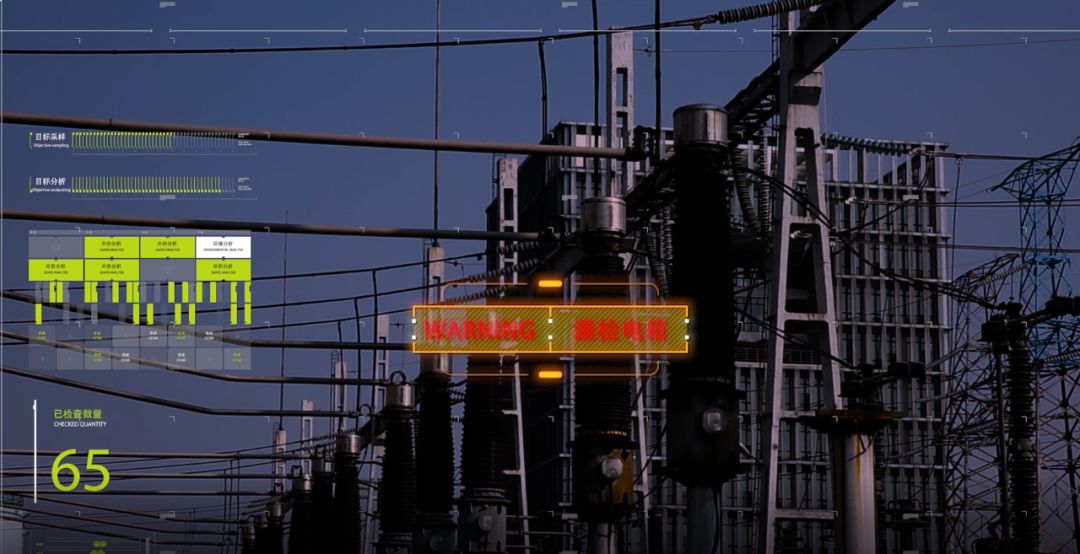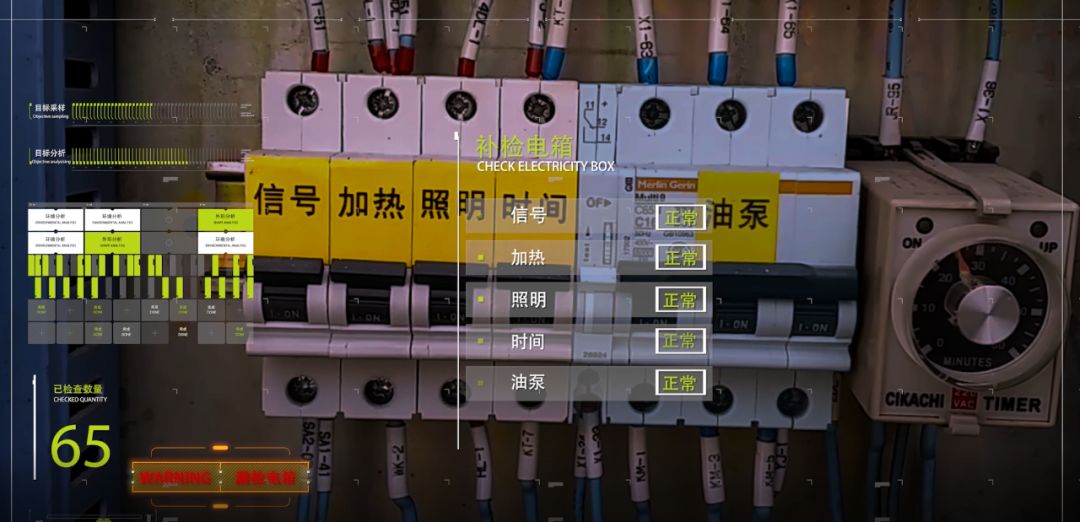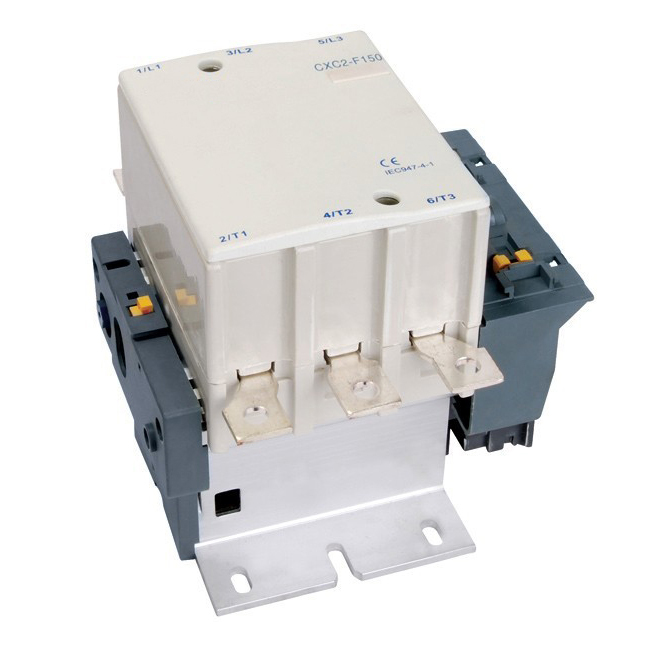As we all know, the Internet of Things has been changing the way companies profit from products. How do you achieve your profit goals? This requires changes not only in technology but also in strategy. To help business leaders understand the need to make changes when adding more connected products to their portfolios, the connected product maturity model emerged.

Connected Product Maturity Model
The Connected Product Maturity Model describes the capabilities, factors that need to be considered, and the requirements that an organization needs to have in order to achieve value enhancement through smart connected products. This model can help corporate leaders to more vividly understand how to allocate resources in large aspects to quickly create value.

Level 1: Not connected
Unconnected manufacturers are subject to many restrictions because they cannot effectively connect people, processes, and things. Find the right time, and then determine what features you need to design, deliver, and maintain new products. Next, connect.
Things to consider: Basic enablement, network connectivity, security, intermediary device services, cloud services, application development, and other device management functions are requirements that must be addressed when initiating connected product plans.
Requirements: Embedded software, network communication, device protocol, material supply, real-time data processing, advanced
Web services, security, data management.
Level 2: Interconnection
Once connected, companies can begin to gain new ways to achieve growth and sustainable services. Connected product services usually generate stable revenue streams, but require less fixed capital and have the opportunity to achieve higher profits.
Things to consider: Encourage the development of solutions that can adapt to change, and allow applications to utilize rather than hinder the increase in manufacturing equipment.
Demand: Level 2 can be achieved by connecting the product to a network (Internet, cellular, or satellite) and transmitting the data back to the enterprise server or system for processing.

Level 3: Service
Each product in the company's product portfolio requires a certain level of service and support. These need to be achieved by enabling remote access to identify, diagnose, and resolve maintenance issues.
Things to consider: The most effective solution can provide a secure and extensible platform to process and store machine data, and can provide applications to achieve remote services.
Requirements: An IoT platform that supports application development. The platform needs to include a set of tools to monitor assets, enable remote access, and remotely manage processes / content. The solution needs to be able to handle issues such as hosting, security, and scalability. It also needs to have a flexible application programming interface (API).
Level 4: Analysis
In level 4, the focus of IT's role shifts to analyzing data and developing user-oriented tools and applications to facilitate data analysis, provide insights, and improve business functions.
Things to consider: An enterprise-grade IoT platform with built-in analytics and dashboard building tools will help your team find actionable insights in IoT data.
Requirements: Data from connected products needs to be organized and stored in a way that is easy to report and analyze.

Level 5: Integration
Manufacturers who reach level 5 will find that the true "gold mine" of the Internet of Things is to obtain data from connected products and integrate with enterprise systems (CRM, ERP, PLM, or data warehouse). This can optimize key business processes, such as closed-loop product lifecycle management and fundamentally “organize the Internet of Thingsâ€.
Matters to be considered: By transferring IoT data from connected assets to CRM / ERP / PLM systems to optimize business processes, a framework for integration with business systems is formed.
Requirements: First of all, IoT data must be able to integrate with other systems. Second, IoT data must provide added value by combining information from connected products with information from supplementary sources and systems to enable people and processes to collaborate and realize more value.
Level 6: Innovation
Level 6 is the ultimate goal of the product or device-driven business. In other words, develop a new customer experience to achieve a new stable revenue stream through the Internet of Things and augmented reality (AR). Innovation is achieved by enabling end users and customers to completely disrupt their experience through smart, connected products.
Things to consider: A purpose-built IoT platform enables innovators and developers to use AR to build immersive experiences, thereby changing the way users create, provide, and service products.
Requirements: The organization needs to be able to create custom applications that can enhance product functionality. Application leaders and developers need to be able to receive technical data from the product.

Case sharing: 0glass's IoT opportunities
0glass is a leader in AR industrial solutions, focusing on smart glasses and augmented reality core technology and product research and development, based on industrial logic, assisting and guiding the operation of industrial sites, using AR smart glasses as an entrance, combining AR technology with Internet of Things technology, Introduce visualization to make invisible connections visible data. In the past, workers need to understand and digest when they master the maintenance manual. Now with the help of AR data visualization, workers ’memory problems can be solved. AR visualization can also be customized to speed up the interpretation of data and better highlight the problem. The pain point of data.
AR smart glasses can obtain human data in real time. When industrial workers wear 0glass AR smart glasses to work on the front line of production, the glasses will correctly record the operations of each production line worker on the front line in real time, automatically filtering and precipitating knowledge, and recording the complete operation process of employees, whether it is Correct operation, wrong operation or omission can be recorded and transmitted back to the enterprise's cloud server in the form of pictures and videos in real time, ensuring the integrity of the entire industrial big data, while liberating the hands of the workers and ensuring efficiency.

AR smart glasses help people to obtain data of objects in real time. When industrial workers wear 0glass AR smart glasses, they encounter special production conditions, such as equipment temperature is too high, AR smart glasses as a new generation of smart terminals, access to all relevant big data, use PSS auxiliary system, a small amount of big data Real-time processing, when the amount of data is large, as a bridge connecting people and machines, real-time connection to cloud servers to obtain data processing results, intelligently presented in the form of augmented reality in front of production line workers, help workers make decisions, and achieve the perfect industrial The big data of things and the real-time interconnection of people as core production materials perfectly solve the problem of data islands.
Su Bo, CEO of 0glass, Shenzhen Augmented Reality Technology Co., Ltd. believes that the significance of AR to the Internet of Things lies in: first, the most important tool for data visualization of the Internet of Things; second, the most important tool for the last meter of the Internet of Things; , Open up the physical isolation between people and machines, connecting people and things, is the most important platform for connecting people and machines; fourth, return "thing-centric" industrial big data to "people-centric" industrial big data This is the source and essence of industrial big data.
LC1-F AC Contactor(Our own model is BC1-F series AC Contactor) ,it is used in rated voltage 380V AC 50Hz/60Hz,allocated special with coil,which can be used in ciruit of 40-400Hz,the control coil voltage(AC coil operation) can up to 660V,rated current up to 800A electric circuits.
LC1-F AC Contactor is mainy used for remoting making&breaking circuits,also for frequency staring or controlling motor,protect circuit from over-load when assembling with thermal over-load relay.It can unify the general electrical equipment,motor and circuit,the auxiliary contact group,Air time-delay head,Mechanical interlock contactor and star-triangle starter.

Electrical Magnetic Contactor,Electrical Ac Contactor,Industrial Controls AC Magnetic Contactor,AC Magnetic Contactor
Ningbo Bond Industrial Electric Co., Ltd. , https://www.bondelectro.com